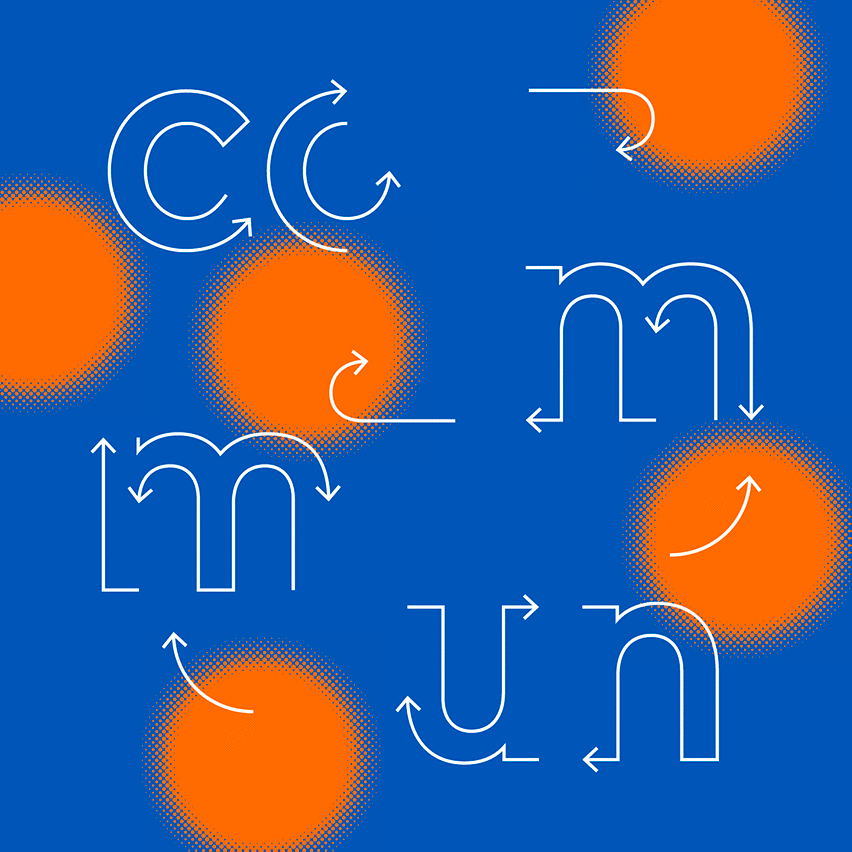The construction of houses has long been a collective affair. One built one's house with one's friends or colleagues, and one helped them in return to get their house out of the ground.
If the industrial mode of production based on private property and household indebtedness has almost eliminated this solidarity-based behavior, many exceptions remain. They are most often articulated from communities of ideas or experiences around the act of building and take the form of social and cultural actions on the shared space and its activation.
"commun" gathers uses and experiences that testify of the deep anchorage of these practices on communities that experiment them. It reveals their way of short-circuiting the conventional mechanisms of city making.
The demonstrative character of some of these projects proves to be capable of forming replicable models, at scales and contexts different from those for which they were initially conceived.
In these terms, the appeal of certain projects and their media coverage within globalized cultural events could be assimilated to models. Life-size experiences turned into an exhibition object to say out loud what it is possible to do.
From the available city to communities at work
Its within these lines that "commun" gathers elements from two exhibitions held in recent years around the themes of the collective city and the communities that are active in shaping it outside the mainstreamed, normalized or commercial frameworks: David Brown's contribution to the Chicago Architecture Biennial in 2021 and Christophe Hutin's participation to the French Pavilion at the Venice Architecture Biennale the same year.
Despite the thematic proximity that connects the two approaches, each is distinct by the singularity of the experiences they present. Unprecedented experiences that have significantly changed the lives of those who took part in them, and that can only serve as inspiration for other experiences that would draw from them.











